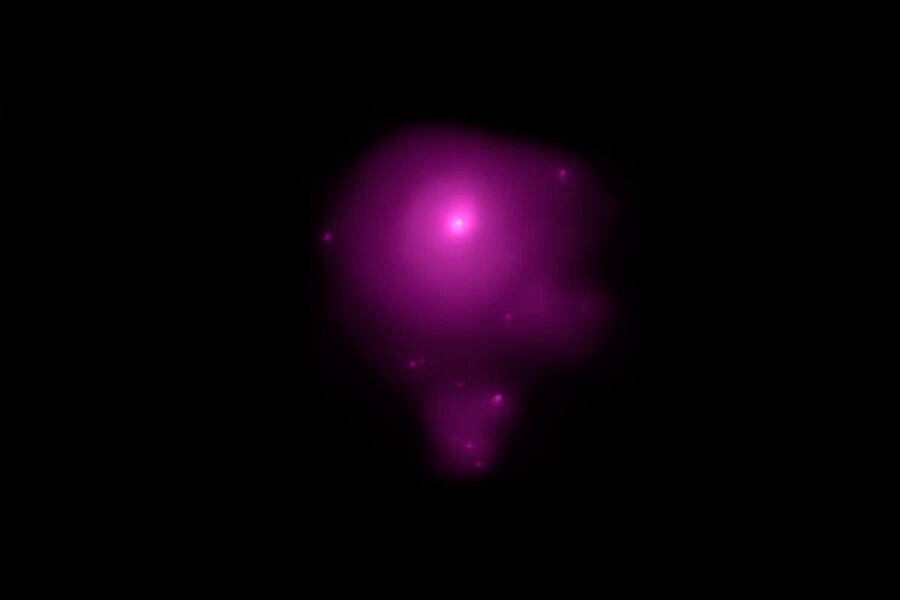New findings on dark energy back discarded Einstein theory
Loading...
Ten years ago, astronomers made the stunning discovery that the universe is expanding at a faster rate than it should, given the amount of matter the cosmos contains. Scientists named the driving force behind the unexpected acceleration dark energy.
Now a team of astronomers is reporting observations showing that this mysterious force not only works on cosmic scales spanning billions of light years. It's also affecting members of the Milky Way's local group of galaxies.
That strongly suggests that dark energy's effects are constant over time and space, arguing in favor of Albert Einstein's original notion of a cosmological constant that prevented the universe from ultimately collapsing under its own gravity, the team says. Einstein ultimately discarded the idea as his biggest blunder.
In principle, mutual gravity binds the 30-odd galaxies in the Milky Way’s local group together. But the team found that dark energy is driving the group's most distant galaxies away from the group, in the same way it does on vastly larger scales.
"We have an outflow that is consistent on the scale of millions of light years with the value of the dark energy that's obtained by studying galaxies billions of light years away," says University of Alabama astronomer Gene Byrd, a member of the team. He described the results at a briefing today at the American Astronomical Society's winter meeting in Washington.
Einstein's 'blunder'
Einstein was convinced the universe was static, neither expanding nor contracting. Yet his theory of general relativity implied that gravity from all the matter in the universe should cause it to contract. So he introduced the idea of a cosmological constant, a repulsive force that canceled out the contraction. He later discarded the in large part because astronomer Edwin Hubble discovered that the universe was in fact expanding and not static.
With the discovery of dark energy in 1998 and 1999, however, the cosmological constant moved from "blunder" to a leading explanation for the universe's accelerating expansion.
Theoreticians will have to take the latest findings about dark energy's consistent behavior into account as they try to explain the nature and source of dark energy, Dr. Byrd says.
The team also used these dark-energy measurements to estimate the composition of energy and mass affecting the local group and found that its composition closely approximates estimates for the universe as a whole. For the cosmos, visible matter makes up about 4 percent of all the mass and energy. Dark matter accounts for another 22 percent. And dark energy accounts for 74 percent of the matter-energy density of the universe. (Editor's note: The original version misstated the percentage of ordinary matter.)
The local group of galaxies is dominated by the gravity from the Milky Way and by its twin, the Andromeda Galaxy, a spiral galaxy some 2.5 million light years from Earth. Many of the other galaxies are satellites of the Milky Way and Andromeda. Others, such as the Triangulum galaxy, aren't.
Determining a galaxy's movement
The group made its discovery by taking precise measurements of the so-called radial velocities of the galaxies in the local group. By studying the light from these galaxies, astronomers can determine if a galaxy is moving toward or away from the Milky Way, and at what rate.
The researchers found that within about 5 million light years from Earth, the vast majority of galaxies were orbiting the group's center of gravity, between the Milky Way and Andromeda. Beyond 5 million light years to the edge of the group, galaxies were moving out from the group. Each galaxy's pace varied depending on its distance from the gravitational center of the group; the farther out they were, the faster they receded.
That pace is consistent with the global pace dark energy is exerting, based on studies of galaxies billions of light year away.
---
Follow us on Twitter.





